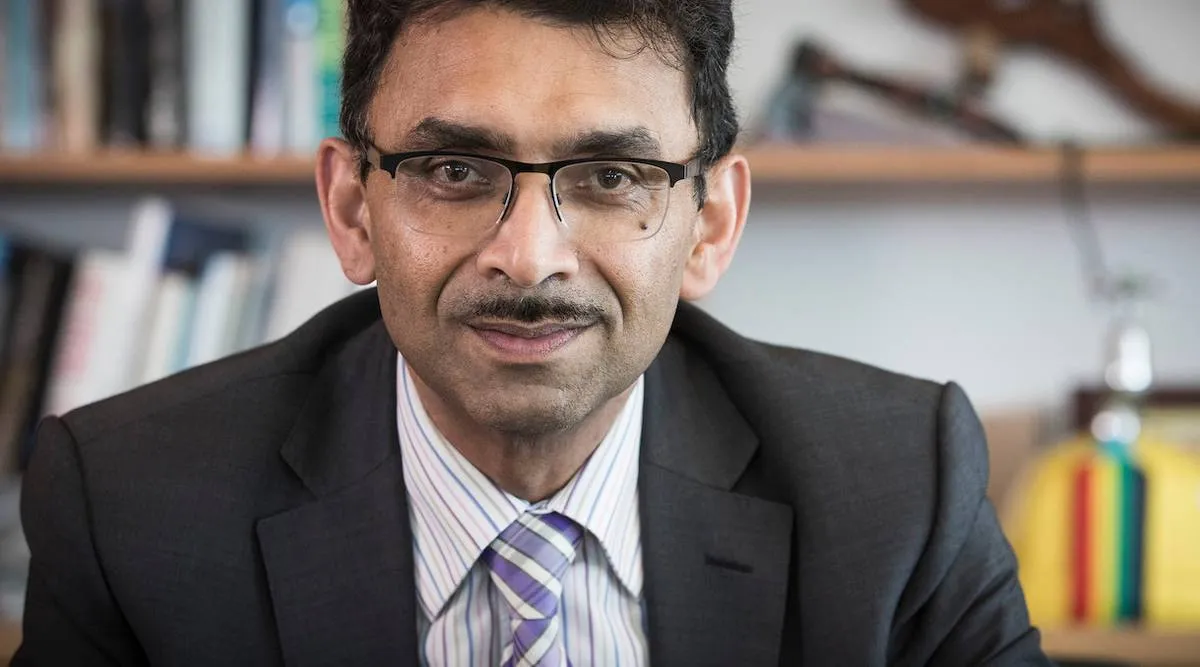As Watercare CEO Raveen Jaduram departs ignominiously, it is time to look at the structure of the organisation. Is he the scapegoat for a deeper problem?
Supposedly the Chief Executive is controlled by the Board of Directors. So why is Raveen the fall guy while the Board members continue collecting their director fees?
Watercare and Auckland Transport are Council Controlled Organisations. The theory behind CCOs is good. Some service delivery responsibilities of councils should be more efficient as semi-independent business units, with a degree of separation from political interference. The CCO came about because the government recognised the failure of councils to deliver both quality and cost-effective services.
But in practice, CCOs have continued to fail on delivery, and the lack of political oversight has been a significant problem. It turns out that CCOs are not council controlled.
In the case of Watercare, the council has the right to appoint the directors for a term of three years. There are currently eight directors. None of them represents the public. There are five female directors to three males – so much for principles of equality. There is the usual token Maori person.
It is the board that set CEO Jaduram’s salary of $775,000, much to the consternation of Phil Goff. It is politically embarrassing when compared to Jacinda Adern’s salary of $470,000 to run the entire country. But there is nothing he, or we, the public, can do about it for three years.
Auckland Transport is slightly different. Up to two board members may be sitting councillors. There are eight non-council members, so when it comes to the vote, the council still doesn’t have control. The eight are made up of five females to three males, including the token Maori person.
This demonstrates the fundamental flaw of so-called positive discrimination. We are not sure whether individuals have earned their place on merit. Maybe they did, but the numbers suggest more than mere coincidence.
If the board members were accountable to the public, then there may well be a very different focus for Auckland Transport. The current three-year plan (known as the Statement of Intent) lists 7 priorities. None of them are better traffic flows, which was the whole point of the organisation originally. Its policies are overtly anti-car. Cycleways and pedestrian safety are excuses to slow cars down. It actually states that lowering speed limits will have a minimal impact on Aucklanders.
For all the failures and inefficiencies of councils, at least councillors are elected to represent us. It is time for councillors to take back control of council-controlled organisations.
If you enjoyed this BFD article please share it.









